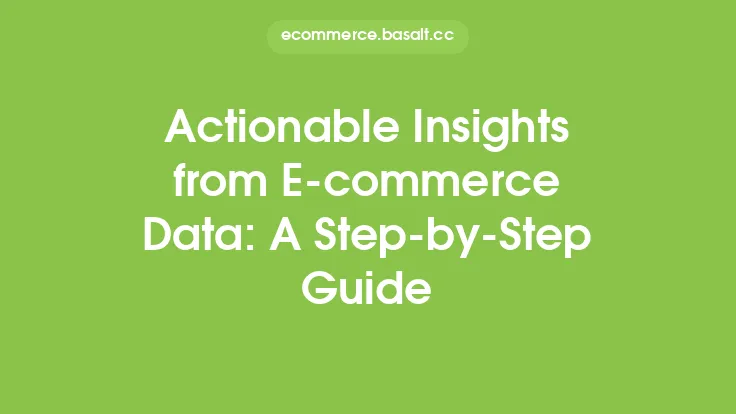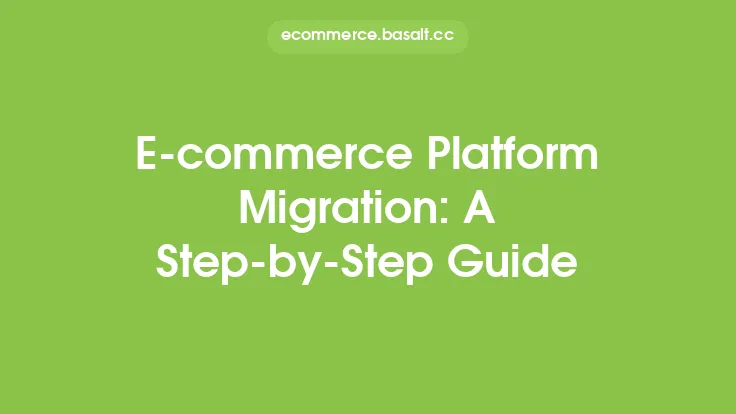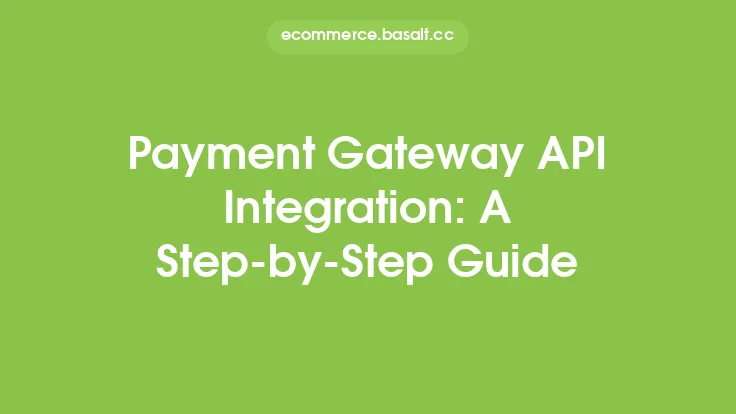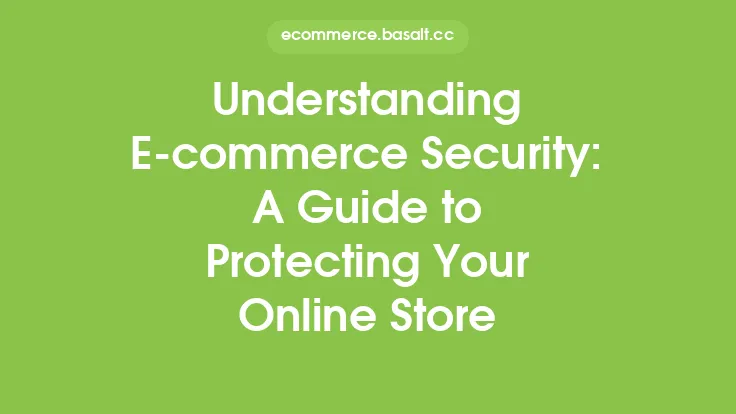As an e-commerce business, ensuring the security and integrity of customer data is paramount. One of the most critical aspects of e-commerce security is achieving and maintaining Payment Card Industry Data Security Standard (PCI DSS) compliance. PCI DSS is a set of security standards designed to protect sensitive cardholder data and prevent data breaches. In this article, we will provide a step-by-step guide on how to achieve PCI DSS compliance for e-commerce businesses.
Introduction to PCI DSS
PCI DSS is a comprehensive security standard that applies to all organizations that handle credit card information. The standard is designed to ensure that companies implement robust security controls to protect cardholder data, including credit card numbers, expiration dates, and security codes. The PCI Security Standards Council (SSC) is responsible for managing the PCI DSS standard, which is updated regularly to reflect emerging threats and technologies.
Benefits of PCI DSS Compliance
Achieving PCI DSS compliance is essential for e-commerce businesses, as it provides numerous benefits, including:
- Protection of sensitive customer data
- Reduced risk of data breaches and cyber attacks
- Enhanced customer trust and confidence
- Compliance with regulatory requirements
- Avoidance of costly fines and penalties
- Improved security posture and risk management
Step-by-Step Guide to PCI DSS Compliance
To achieve PCI DSS compliance, e-commerce businesses must follow a series of steps:
- Determine the scope of the assessment: Identify all systems, networks, and processes that handle credit card information.
- Conduct a risk assessment: Identify vulnerabilities and threats to cardholder data.
- Implement security controls: Implement robust security controls, including firewalls, intrusion detection systems, and encryption.
- Develop a security policy: Establish a comprehensive security policy that outlines procedures for protecting cardholder data.
- Train personnel: Educate employees on PCI DSS requirements and security best practices.
- Monitor and analyze security logs: Regularly monitor and analyze security logs to detect potential security threats.
- Perform vulnerability scans and penetration testing: Regularly perform vulnerability scans and penetration testing to identify weaknesses.
- Complete a self-assessment questionnaire (SAQ): Complete an SAQ to demonstrate compliance with PCI DSS requirements.
- Obtain an Attestation of Compliance (AOC): Obtain an AOC from a Qualified Security Assessor (QSA) or Internal Security Assessor (ISA).
- Maintain ongoing compliance: Regularly review and update security controls to ensure ongoing compliance with PCI DSS requirements.
PCI DSS Requirements
PCI DSS consists of 12 requirements, which are divided into six categories:
- Install and maintain a firewall: Implement a firewall to protect cardholder data.
- Do not use vendor-supplied defaults: Change default passwords and settings to prevent unauthorized access.
- Protect stored cardholder data: Implement encryption and other security controls to protect stored cardholder data.
- Encrypt transmission of cardholder data: Use secure protocols, such as TLS, to encrypt transmission of cardholder data.
- Use and regularly update antivirus software: Implement antivirus software to prevent malware attacks.
- Develop and maintain secure systems and applications: Implement secure coding practices and regularly update systems and applications.
- Restrict access to cardholder data: Implement access controls, such as role-based access control, to restrict access to cardholder data.
- Assign a unique ID to each person with computer access: Assign unique IDs to each user to track access to cardholder data.
- Restrict physical access to cardholder data: Implement physical security controls, such as locks and alarms, to restrict access to cardholder data.
- Monitor and analyze security logs: Regularly monitor and analyze security logs to detect potential security threats.
- Conduct regular security tests and vulnerability scans: Regularly perform vulnerability scans and penetration testing to identify weaknesses.
- Maintain a security policy: Establish a comprehensive security policy that outlines procedures for protecting cardholder data.
Maintaining PCI DSS Compliance
Maintaining PCI DSS compliance requires ongoing effort and attention. E-commerce businesses must:
- Regularly review and update security controls to ensure ongoing compliance with PCI DSS requirements.
- Perform regular security audits and risk assessments to identify vulnerabilities and threats.
- Educate employees on PCI DSS requirements and security best practices.
- Monitor and analyze security logs to detect potential security threats.
- Stay up-to-date with emerging threats and technologies to ensure the security of cardholder data.
Conclusion
Achieving and maintaining PCI DSS compliance is essential for e-commerce businesses to protect sensitive customer data and prevent data breaches. By following the step-by-step guide outlined in this article, e-commerce businesses can ensure compliance with PCI DSS requirements and maintain the trust and confidence of their customers. Remember, PCI DSS compliance is an ongoing process that requires regular review and update of security controls to ensure the security and integrity of cardholder data.





